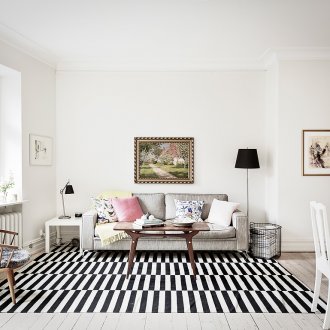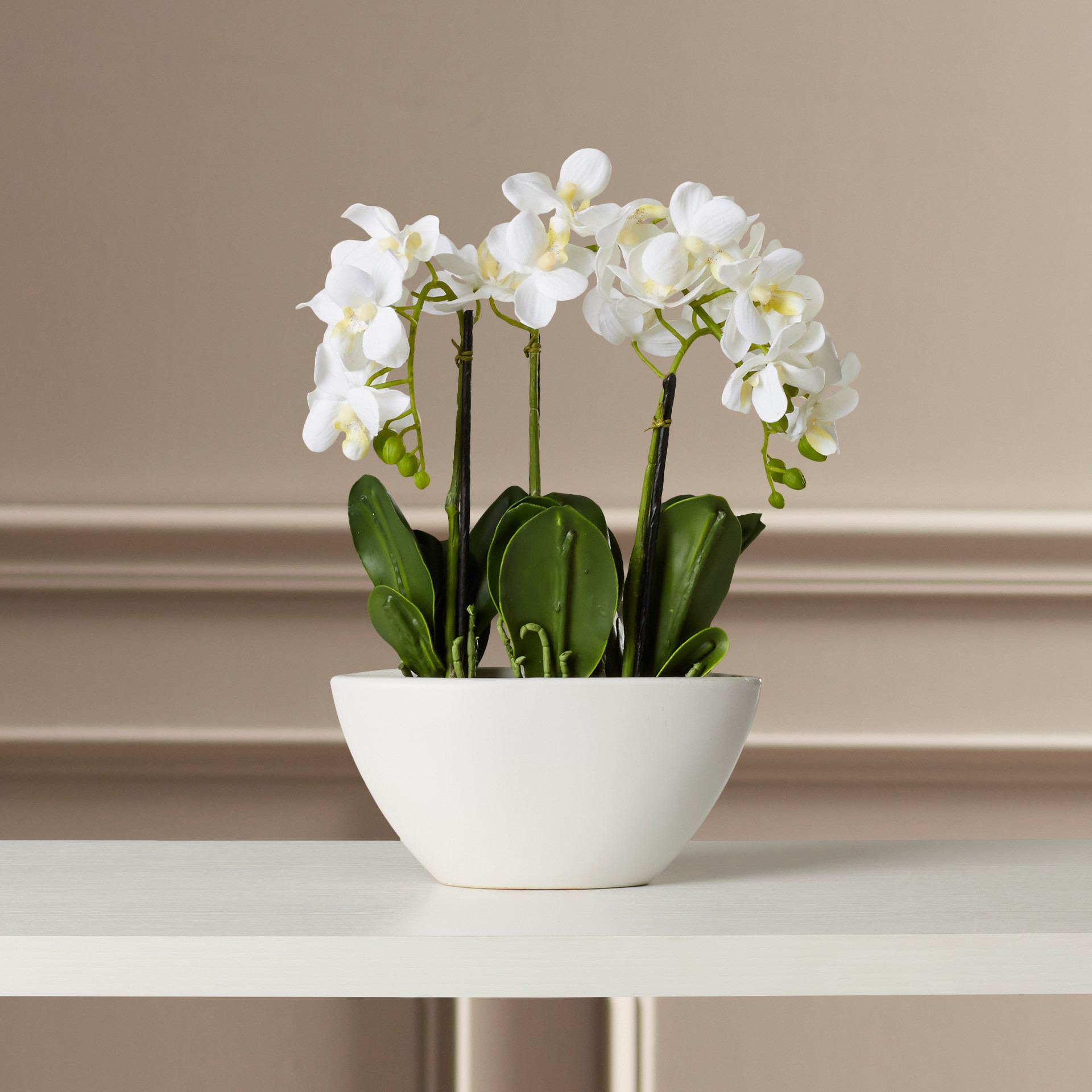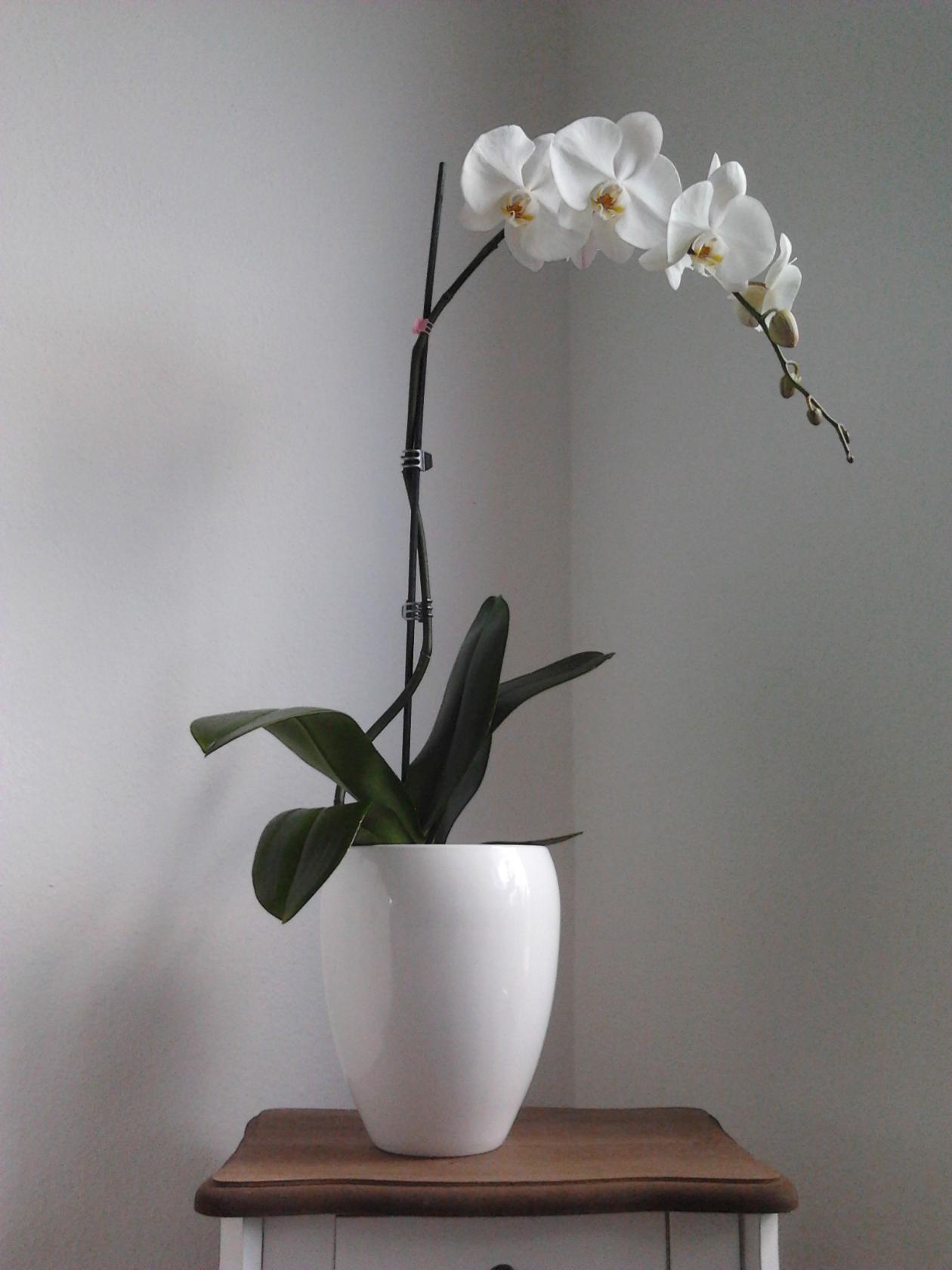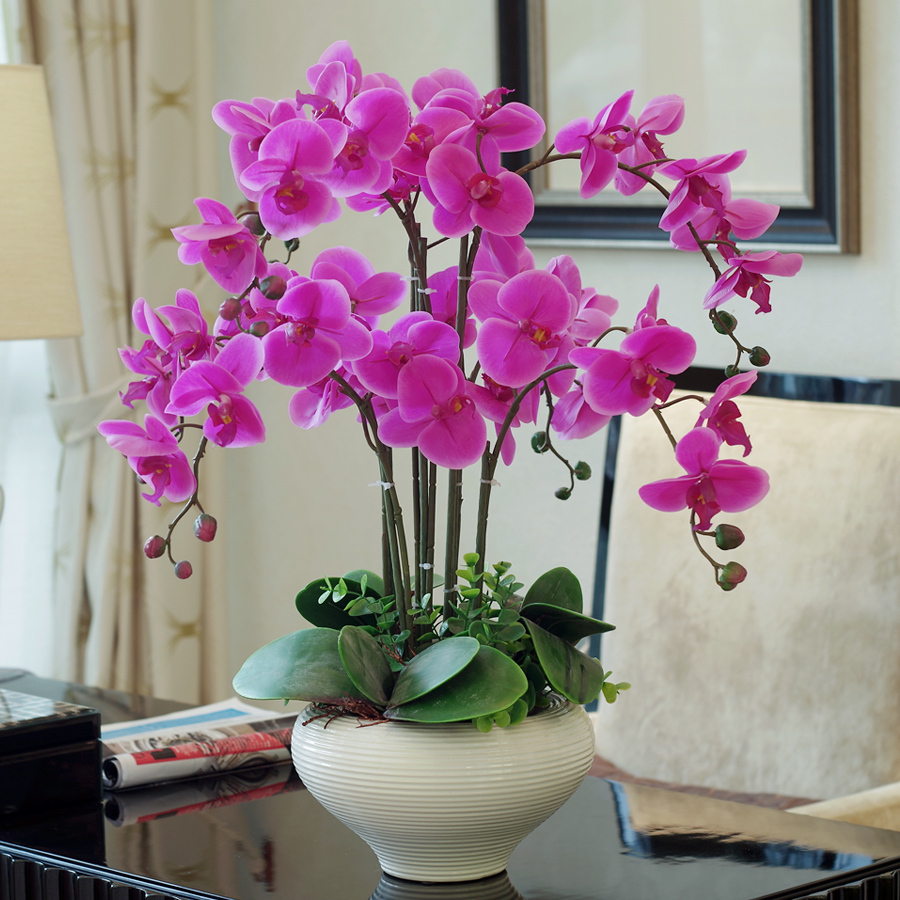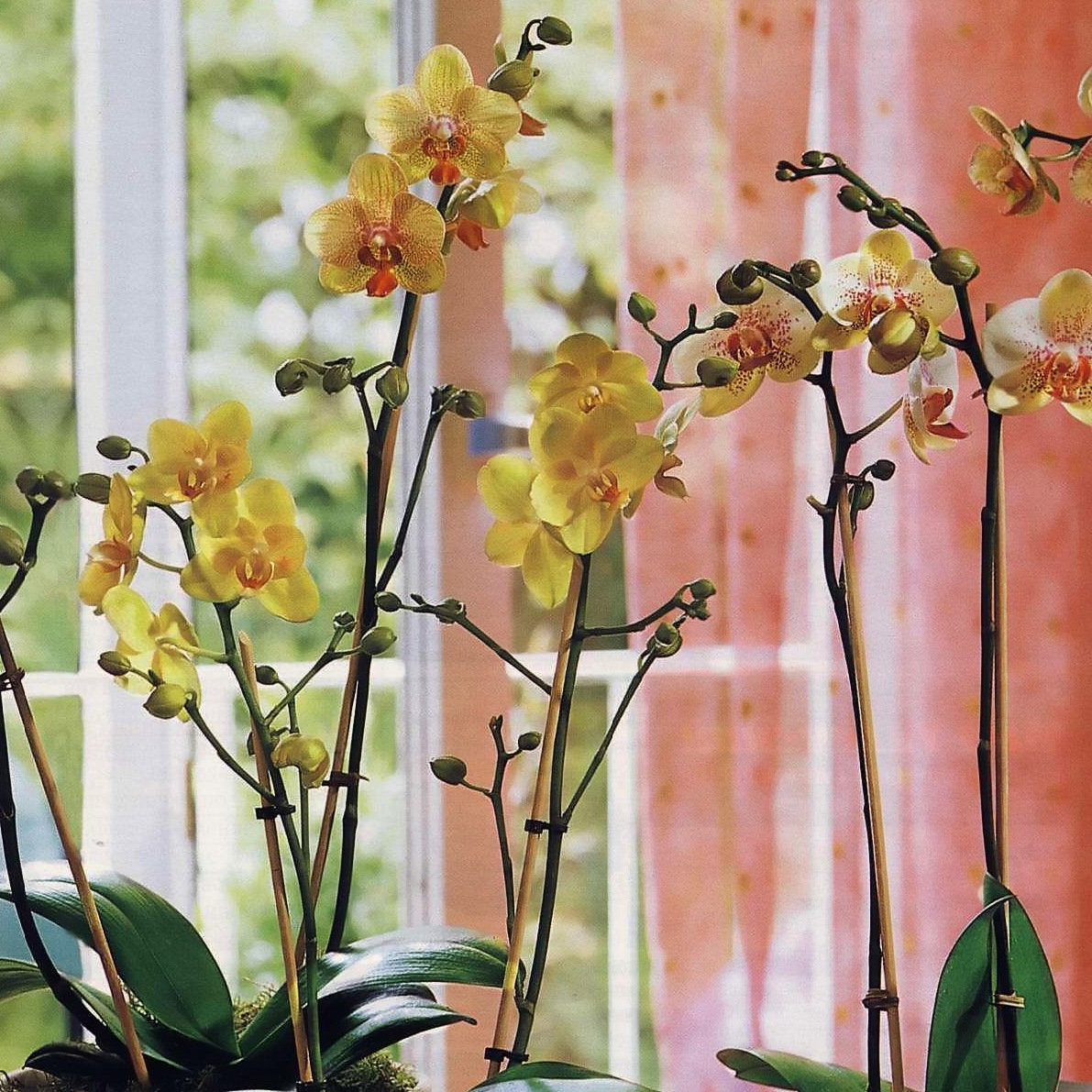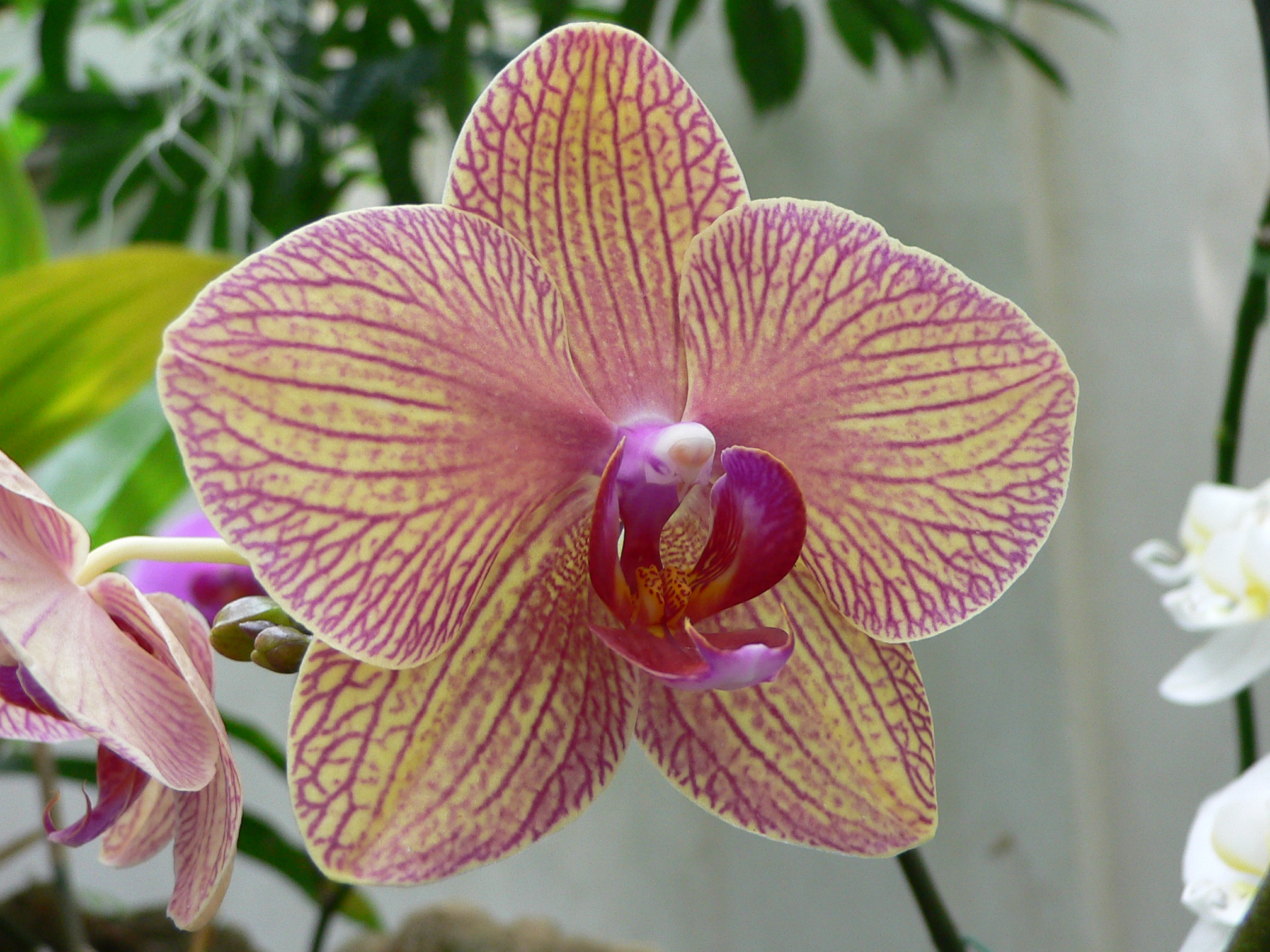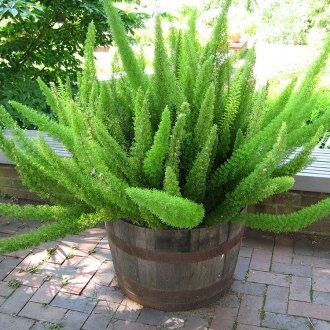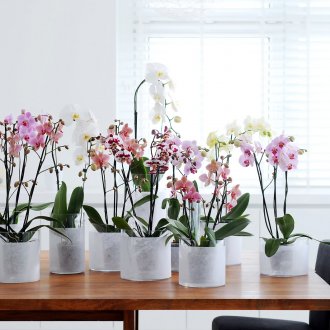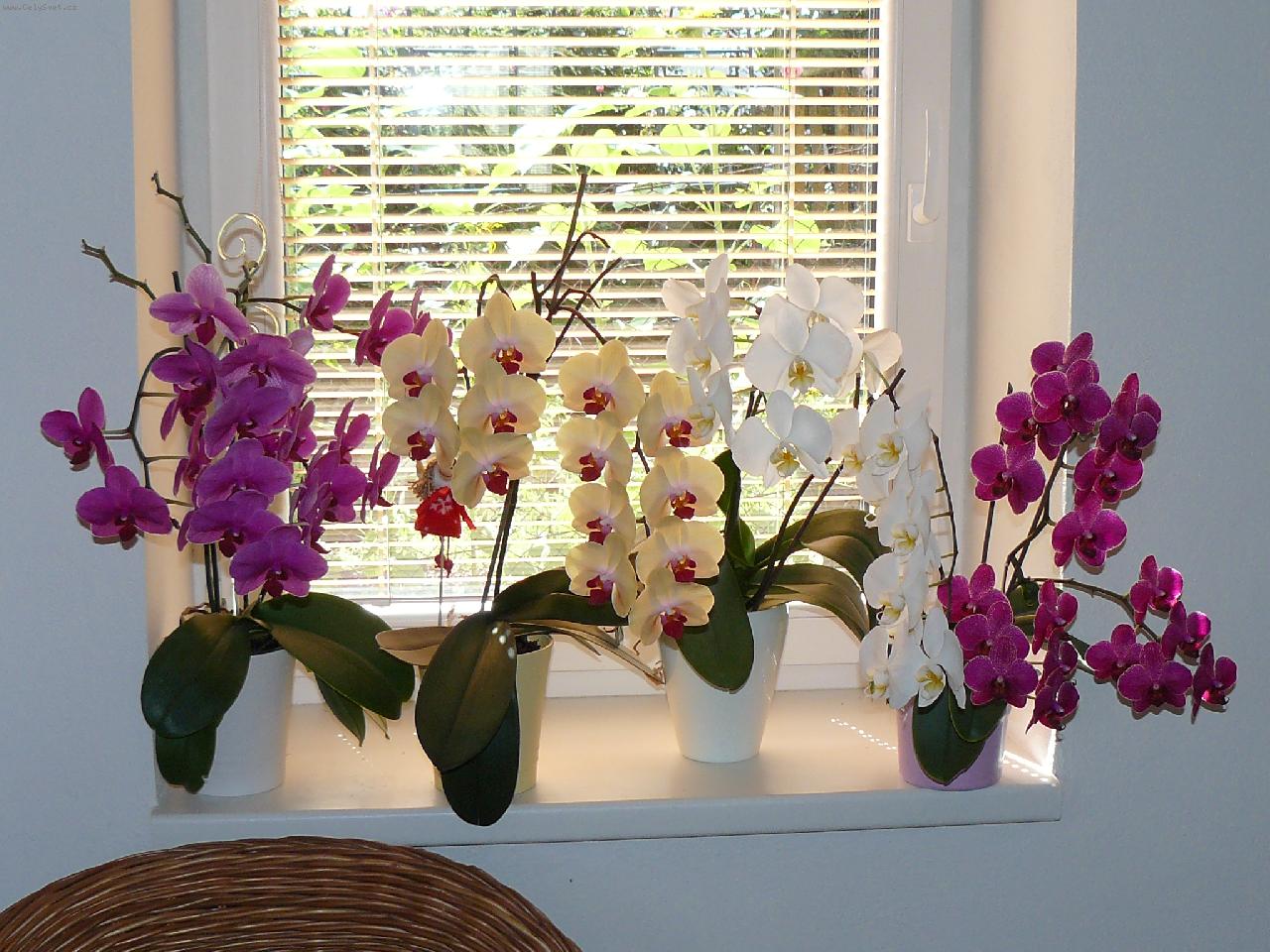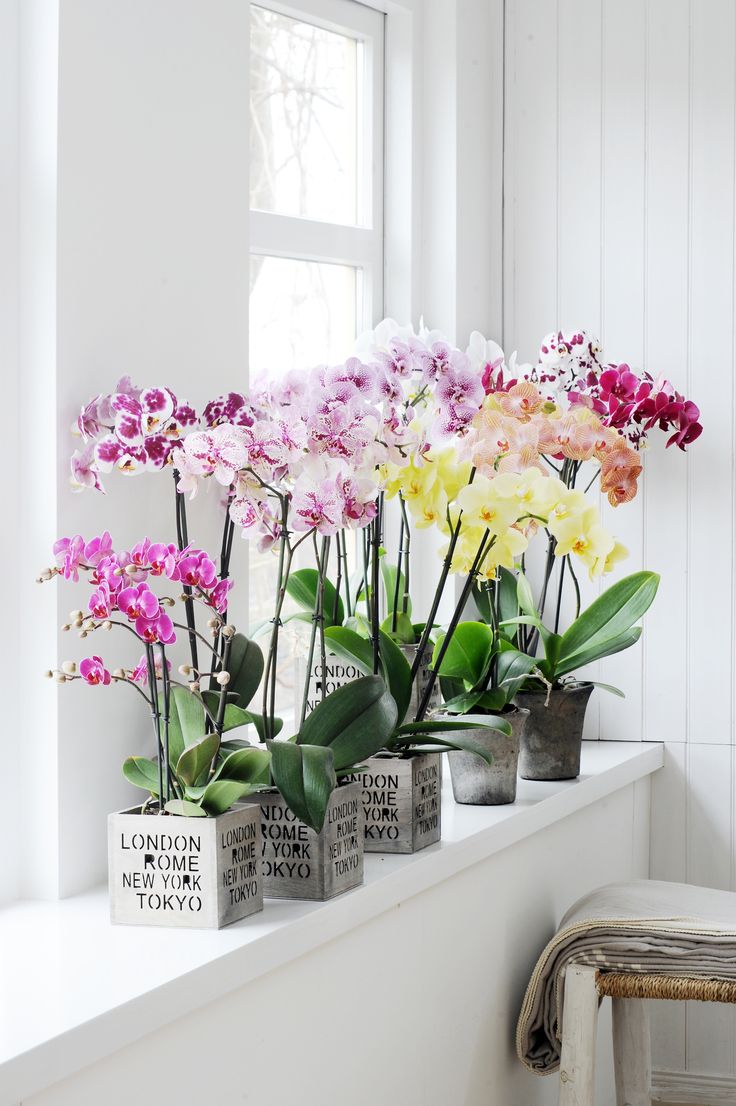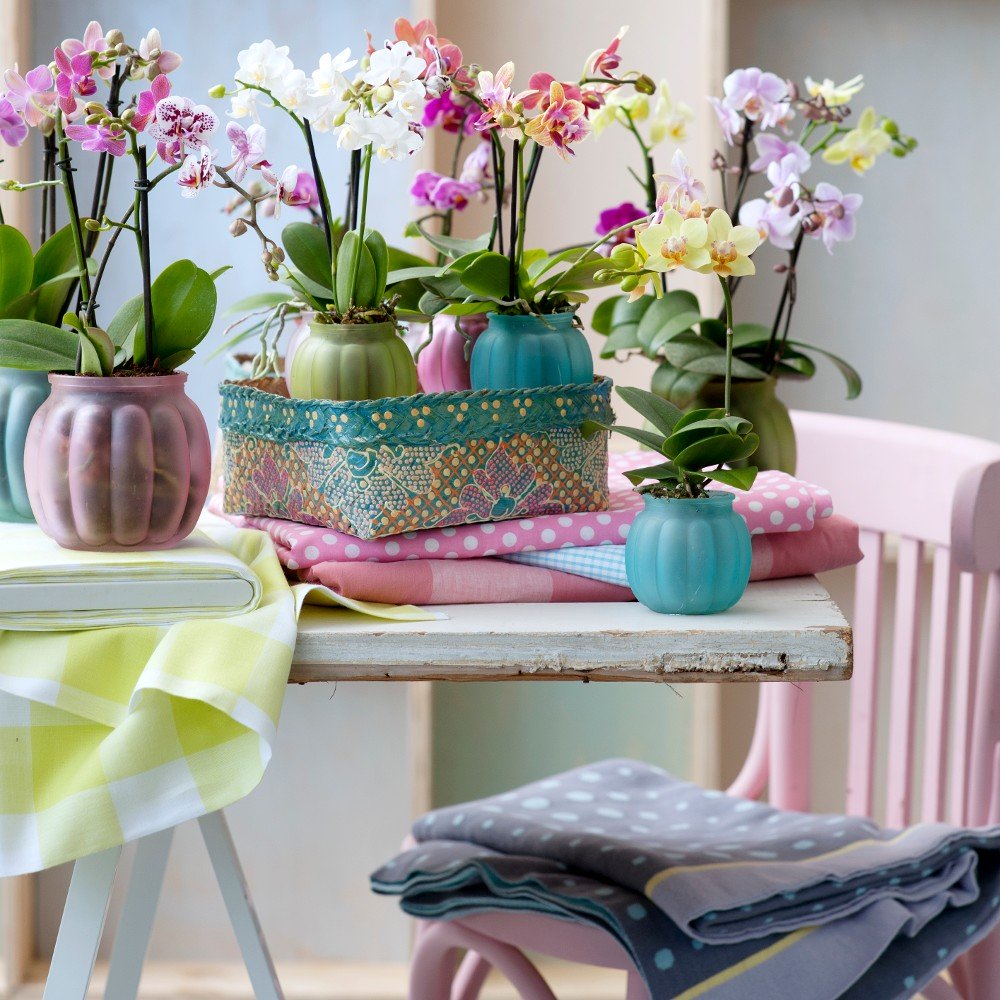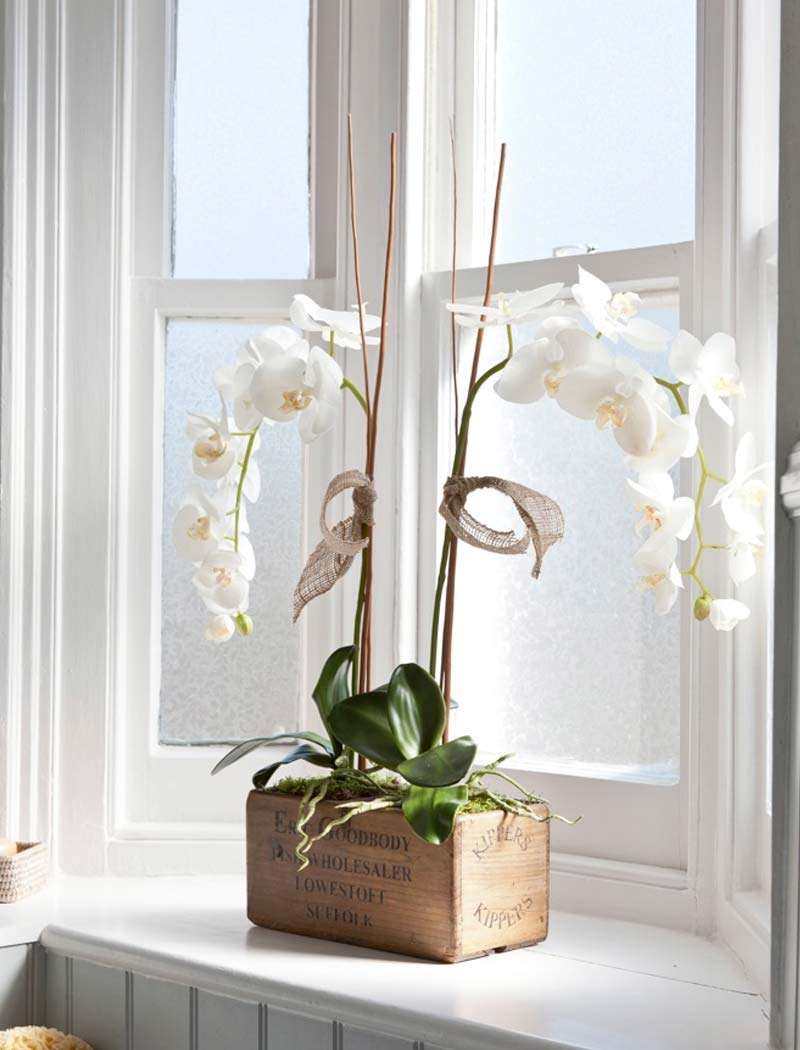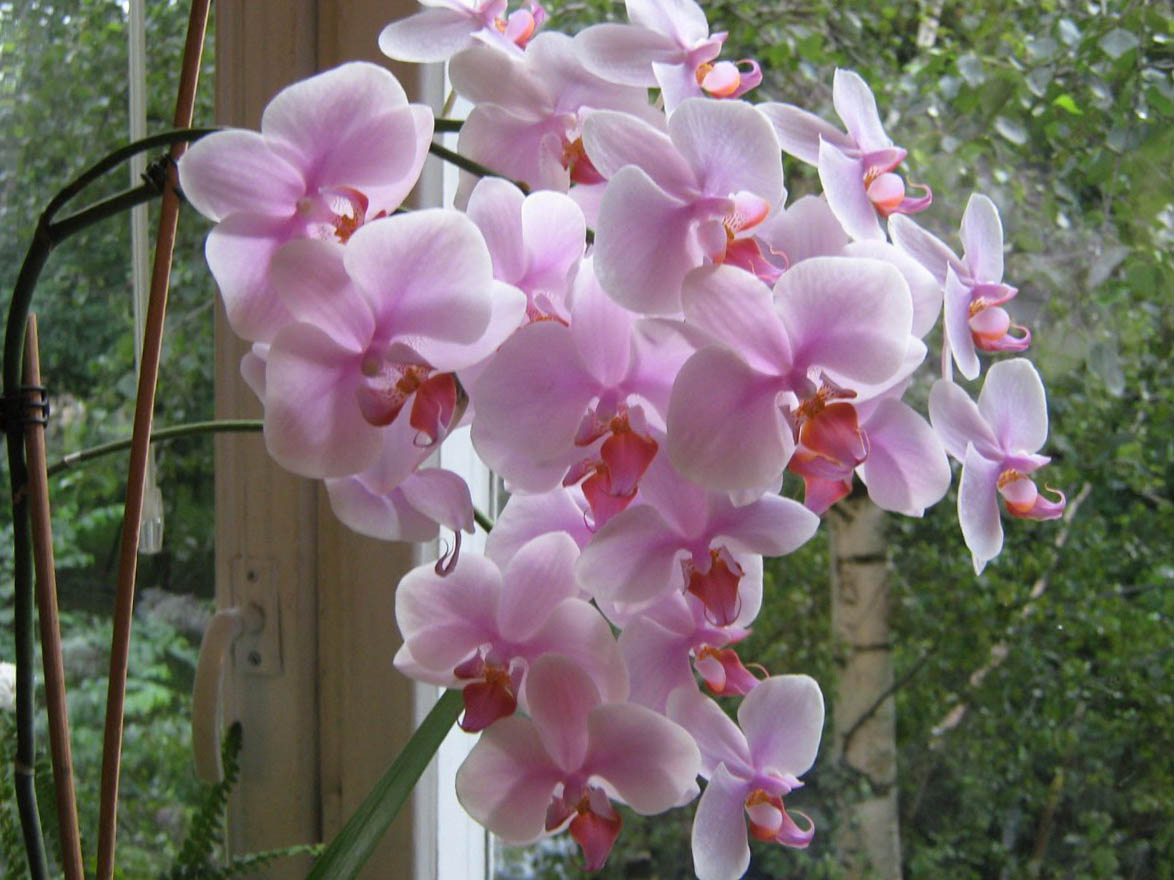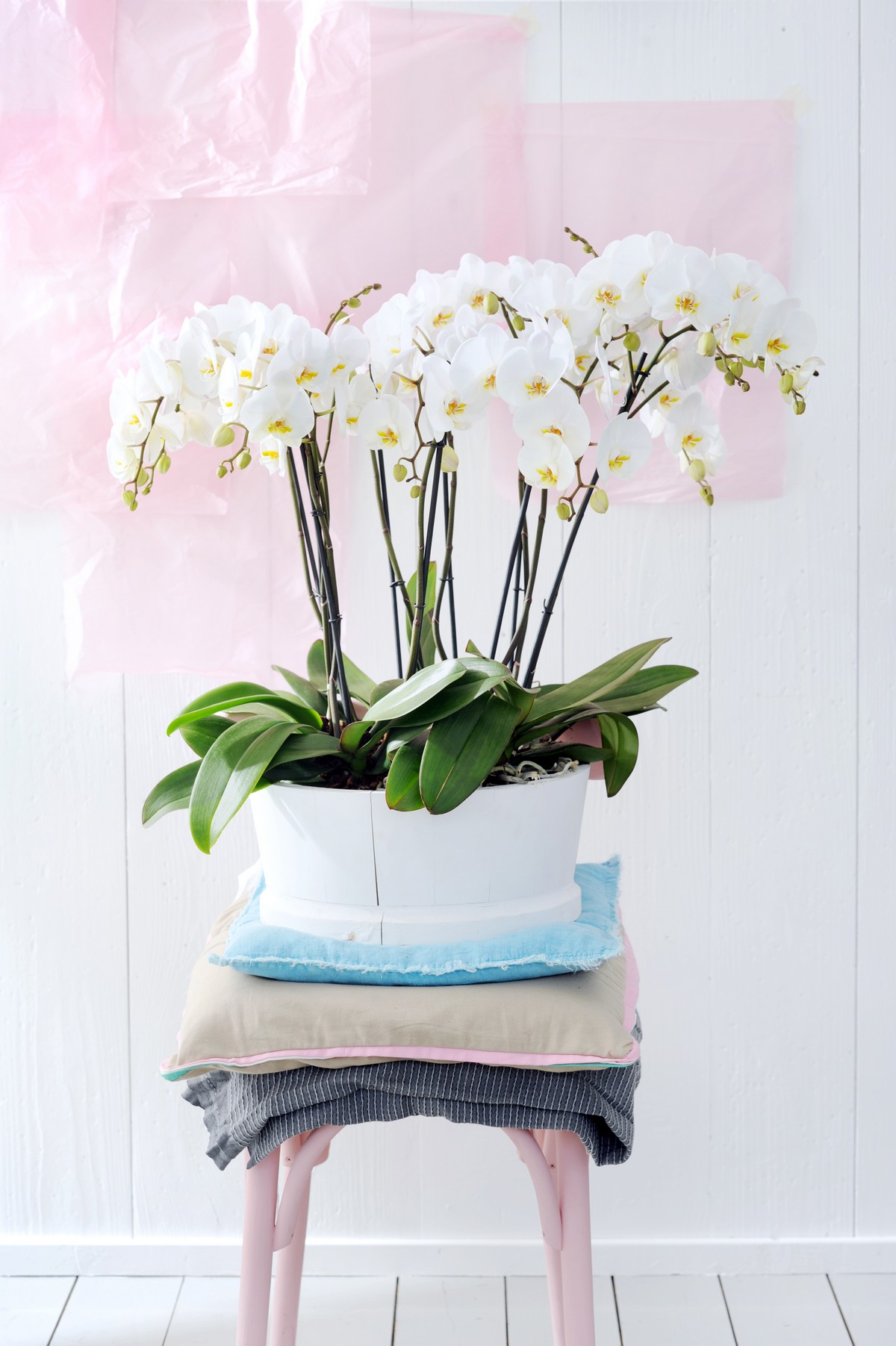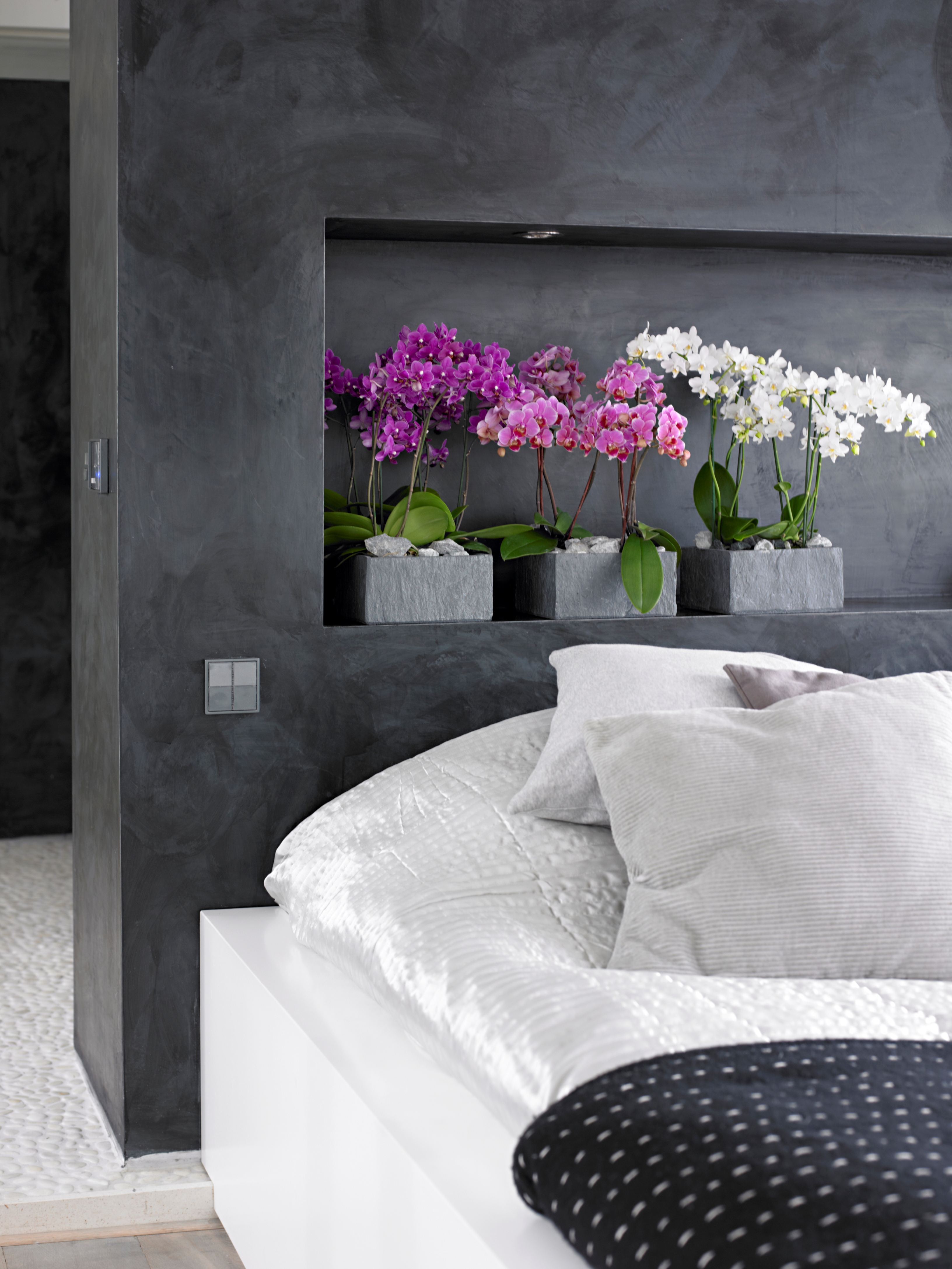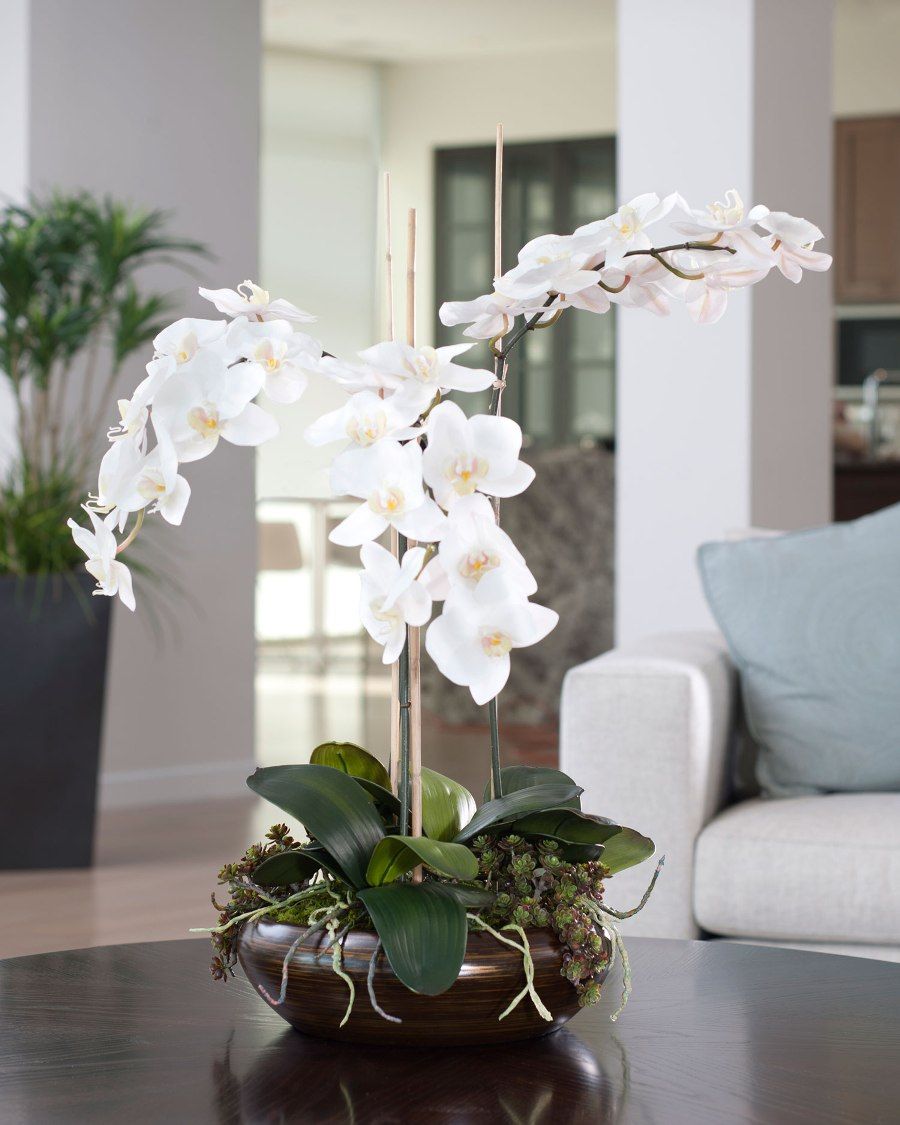Phalaenopsis home: tropical flower in the city (24 photos)
Content
Phalaenopsis in translation means "butterfly." And this butterfly flew to us from afar. It inhabits Indonesia and the Philippine Islands, Southeast Asia and New Guinea. This is a typical epiphytic plant that does not have a stem, but only a thickened base, where water and nutrients accumulate.
Aerial roots are capable of photosynthesis, extracting nutrients for the plant. Therefore, they are planted in transparent special pots. The phalaenopsis flower forms on arched peduncles, forming a tender inflorescence - a brush. Flowering is long, because each flower blooms gradually, slowly. And the color scheme is striking in its splendor and variety.
The home phalaenopsis orchid should be in conditions that are at least partially reminiscent of natural. Only then will it bloom profusely and feel good. This is a capricious plant that will require a special approach and attitude, since the natural conditions in which it lives are not quite ordinary.
Orchid cultivation is not an easy task, so think about whether to buy this beauty if you are constantly at work or on business trips. To grow a healthy and strong plant will require some effort.
Phalaenopsis varieties: a flower miracle
The taxonomy of these exotic cultures is unstable and can change. The confusion is brought by sellers of orchids who put up for sale plants with outdated names. Phalaenopsis varieties are surprisingly diverse and are becoming more and more popular.
- Sakura is one of the most tender with a light purple border around the edge of the flower.
- Schiller: blooms in the winter with white flowers with streaks of purple.
- Philadelphia: a natural hybrid of pale pink with a spotty “lower lip”.
- Blue: the color is saturated, smoothly turning into halftones, with a white border.
- Yellow: bright, canary color of the flower, in the center of which raspberry spray is "scattered".
- Phalaenopsis Mix: a hybrid rich in its color scheme.
- Mini: has a small size and an abundance of colors, characteristic of other varieties.
Of course, the list is not limited to these varieties. Examining the varieties carefully, one cannot stop wondering how nature could create such a miracle. Blooming phalaenopsis really look like multi-colored, fluttering butterflies.
In the collections of orchid lovers you can find unique specimens, rare varieties that are not always found in flower shops. Therefore, if you are interested in a rare variety, then you need to be interested in private collections.
Choose an exotic beauty and look after her
We usually choose a plant in flower shops. Yes, there are online stores with a rich assortment, but if you live in another city, in what form will Phalaenopsis come to you? How to choose this culture correctly:
- Carefully inspect the plant: it should look healthy with bright and juicy leaves and a nascent or flowering peduncle.
- The soil in the plant must be dry, as well as the pallet under the flower.
- Leaves without spots and green.
- Aerial roots of a greenish tint.If they are brown, it means that the flower was flooded, if gray, it has not been watered for a long time.
Having chosen the plant you like, we immediately ask ourselves how to care for the exotic? After all, this is a tropical phalaenopsis orchid, home care which has a number of features.
- Suitable temperature conditions: home phalaenopsis tolerates moderate temperatures well within t = + 20-24 C, it should be cooler at night - up to + 15-18C. If there is no difference in day and night temperatures, then flowering may stop.
- Light mode: indoor orchids feel good on the east or southeast window. There is enough light and moderately warm. Protect the plant from hypothermia or direct sunlight. Remember that in the tropics it grows in partial shade.
- Watering and humidity: watering the phalaenopsis is necessary as the substrate dries. Moreover, the soil outside may be dry, and inside - still wet. Therefore, weigh the pot on your hand: if it is light, then you need watering.
He loves phalaenopsis by pouring warm water (+ 30-35 degrees), which simulates the conditions where he comes from. So the exotic beauty turns green stronger and blooms more magnificent. Water through the ground should drain freely, not lingering either in the pot or in the sump. How often to water? The frequency of watering depends on the humidity in the room.
The plant normally tolerates the usual humidity in the apartment. But if it is very dry, then this can affect growth. Place a saucer with water or a container with wet expanded clay next to it, which will protect the culture from drying out. The room must be ventilated so that hot or damp air does not stagnate in the room.
Proper plant transplant
Phalaenopsis orchid transplantation at home is carried out every 2-3 years. How to transplant phalaenopsis? Consider this process in stages:
- We select a translucent pot, because photosynthesis is taking place in aerial roots. In addition, it is so visible how moist the soil is.
- We transplant during active growth, but not during flowering. No need to disturb the plant during dormancy, otherwise it may not bloom the next year.
- We transplant the orchid into a new substrate, preferably ready-made, purchased at a flower shop. It contains moss or peat, wood bark, charcoal, pebbles.
- Carefully remove the orchid of their previous substrate, remove old or rotten roots with secateurs and plant them in fresh soil.
- We water and put the pot with the transplanted orchid in the same place where the plant felt good.
Now the question of how to transplant the Phalaenopsis orchid will not baffle you.
What difficulties arise during reproduction?
Reproduction at home is carried out using "children." These are small lateral processes that grow when flowering is completed. The plant must be an adult and have 4 large leaves. Well, if the orchid rested, and 1.5 months have passed after flowering.
Grow "kids" at elevated temperatures and high humidity. Watering should be stopped for 2 weeks or rarely watered. But even in these conditions, sleeping kidneys may not wake up. "Children" may appear without any reason, but may not appear even if optimal conditions are created.
"Baby" consists of 2 leaves and a small spine. It is located on the side of the mother plant. They are separated very carefully so that the mother plant is not affected, which is very sensitive to such procedures.
They grow a “baby” in a small greenhouse, dusting the cut place with powdered charcoal and slightly drying a small plant before planting. Gradually, it will take root, and it will be possible to transplant into a pot for further growth.
Phalaenopsis can also be propagated by another method: dividing an adult plant. This applies only to those specimens that have a rosette of 6 or 8 leaves. Slices are made horizontally, cutting off the apex with several aerial roots. Places of cuts are treated with crushed coal.Cuttings are planted in the usual earthy mixture for orchids.
Phalaenopsis, the reproduction of which presents certain difficulties, can be divided with the help of a peduncle. It is cut into segments 4-5 cm long with a kidney, which are placed in a mini-greenhouse in moist peat, where they germinate quite successfully.
How to propagate the orchid in other ways?
There are ways, but they are unpopular, because give no guarantee of obtaining a new plant. For example, seed or meristemal propagation is used in rare cases.
Throughout the growth of culture, it must be fed. There is a special fertilizer for phalaenopsis. Extracts based on phosphorus, which makes the flowering more magnificent and brighter, are also useful to the plant.
How can phalaenopsis get sick?
Phalaenopsis orchid diseases can be explained by improper care. Phalaenopsis at home can be sick because his life is very different from life in the tropics. Of course, the plant is also affected by diseases: rot, bacterial spotting, anthracnosis, fusarium.
But the leaves of the orchid turn yellow for other reasons:
- direct hit on a sheet of sunlight;
- excess moisture during watering;
- lowering the temperature;
- bad light.
If the leaf turns yellow, first of all, look not at the conditions that are created for the plant.
Phalaenopsis orchid, home care for which is not so simple, is worth it. When a snowstorm sweeps outside the window, and a street thermometer shows -30 ° C, then blooming orchids seem like fabulous beauties who accidentally fell into this cold and hostile world.

